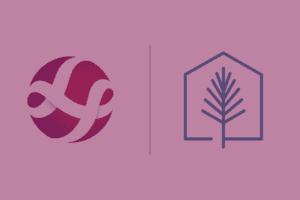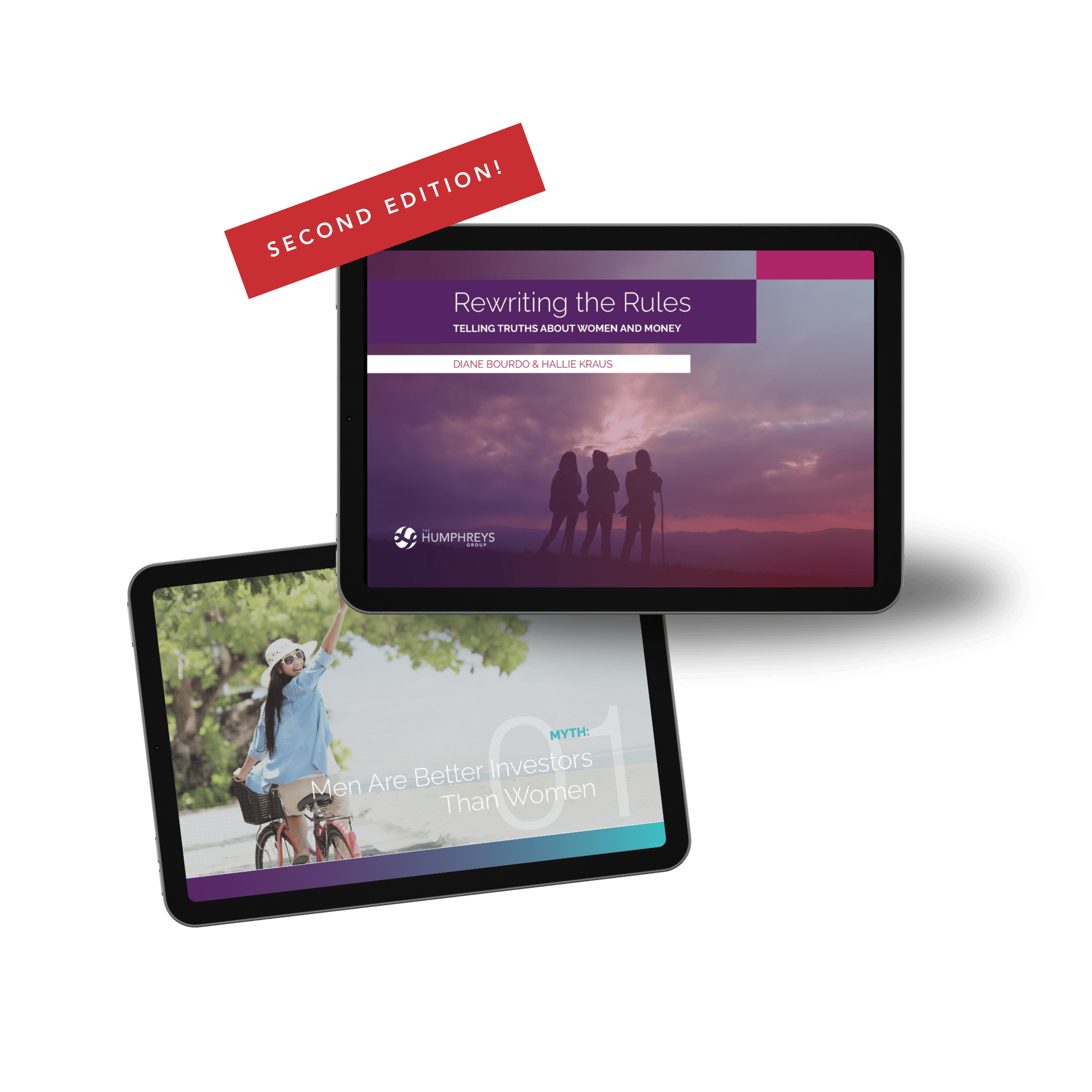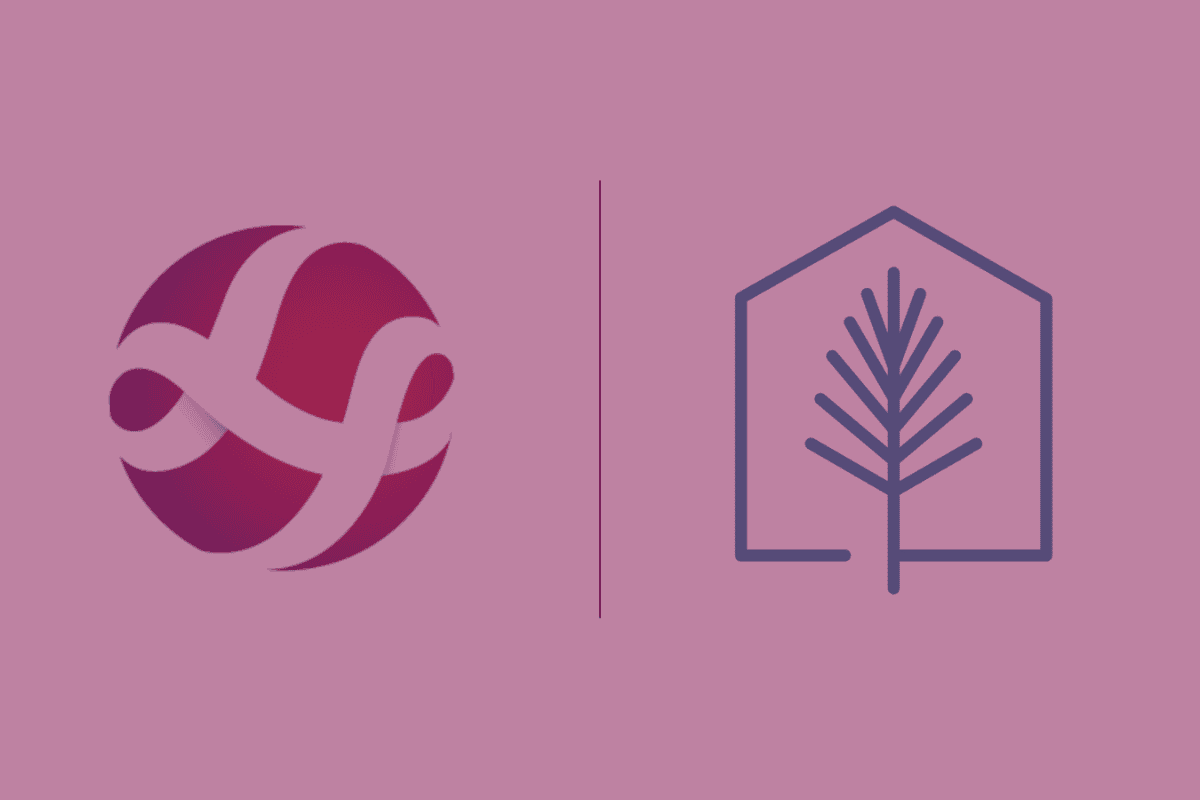Spring is the season of change — which may seem like an understatement, given our current situation. As many of us settle into our “new normal,” we’re connecting with family in new ways (mostly virtually), taking some time to refresh (spring cleaning, anyone?), and perhaps even rethinking some aspects of our professional, personal, and financial lives.
Meanwhile, there are also changes taking shape for the markets and economy. Overall, last week was a winning week for stocks — on Thursday, the Dow Jones Industrial Average (DJIA) added roughly 285 points (1.22%), while the S&P 500 and the Nasdaq Composite Indices rose 1.45% and 0.77%, respectively (markets were closed on Friday in observance of Good Friday).
This performance comes on the heels of action from the Federal Reserve, which took steps to further alleviate the economic pain of the COVID-19 pandemic with plans to provide up to $2.3 trillion in loans to support households and local governments. Last week, the central bank also shared more details about its Main Street Lending Program, which is anticipated to support up to $600 billion in loans to small- and medium-sized businesses.
In his address last Thursday, Fed Chairman Jerome Powell said that he believes the economy will bounce back once the pandemic subsides and more Americans can go back to work. “There is every reason to believe that the economic rebound, when it comes, can be robust,” he said, citing that we started the pandemic on strong economic footing and that should help the recovery effort.
Providing Perspective on Your Personal Financial Plan and Investment Strategy
Since many of the benefits announced by the federal government — including the $1,200 payments to most Americans — could take some time to be distributed, we wanted to share some steps we can help you take now to bring more certainty and security to your personal financial situation.
1. First and foremost, maintain your long-term investment plan and leverage proactive strategies as needed
Attempting to time the market to ride the next rise, or jumping ship and selling out of stocks, actually contribute to a more nerve-wracking (and often less successful) investment experience. Instead, continue to focus on what you can control in your investment strategy, such as prioritizing tax mitigation through tax-loss harvesting; minimizing turnover and unnecessary fees; maintaining a diversified asset allocation; and rebalancing your allocation back to target when the need arises.
2. Consider reprioritizing your spending
Instead of diverting from your long-term strategy to fund short-term cash needs, you might consider taking another look at your spending and savings plan. There’s a chance your discretionary spending has tapered off a bit due to the “shelter in place” orders directed by most states. Evaluate where you can direct those unused funds. And if you are receiving a check from the federal government as part of the CARES Act, try directing those dollars to your emergency fund to finance any unexpected expenses that may arise. Our team can help you evaluate and make the necessary adjustments to ensure you’re still on track to meet your goals.
3. Review your (or your children’s) student loan payments
The CARES Act has suspended federal student loan payments through September 30, which means that borrowers won’t be fined for missing payments between now and then. (Note that this provision only applies to federal loans, not private loans.) There’s no reason that you can’t continue to make payments on your or your children’s loans if you’re able to do so. However, if you or your children have suffered a job loss or disruption in pay due to the pandemic, please don’t hesitate to get in touch with our team and see if it makes sense to take advantage of the provision.
4. Don’t forget to consider the CARES Act retirement provisions
If you are a current or soon-to-be retiree, we remind you to keep these factors in mind as you think about how the CARES Act impacts your planning for 2020:
- Required minimum distributions (RMDs) have been suspended for 2020. (Keep in mind that if you have already taken your RMD for 2020, you cannot reverse it.) You’ll hear more about this in the coming week and we’ll answer your questions about the new RMD rule and how it may affect you.
- No penalties for early withdrawals from IRAs or other retirement accounts.
- If you’re receiving Social Security, you aren’t required to file a tax return to receive your stimulus check.
- You can receive extra incentives this year for making charitable contributions, including the application of a special limit for gifts to public charities of 100% of your adjusted gross income (AGI).
Contact our team if you want to further explore these CARES Act provisions and discuss which (if any) you should leverage to support your retirement planning needs.
What’s Happening on the Policy Front?
Less than two weeks after the enactment of the CARES Act, Congress is now debating an interim package that would provide an additional $250 billion in aid for small businesses. The request is in response to lawmakers’ concerns that the original $350 billion program would run out of money.
Senate Majority Leader Mitch McConnell attempted to approve the additional funding during a procedural session on Thursday, but Democrats objected, requesting that an additional $100 billion for hospitals and $150 billion for state and local governments be included in the bill. Republicans blocked the Democrats’ proposal, leaving the fate of the interim package in flux.
Further down the road, lawmakers have already discussed introducing another major stimulus package that would build on top of the recently enacted CARES Act. We’ll keep you updated as the situation changes.
Breaking Down Three Provisions for Small Businesses
As we’ve shared previously, the CARES Act contains $350 billion in funding for struggling small businesses. Today, we’re going to break down three of the available funding options:
- Paycheck Protection Program
- Expanded EIDL Program
- Employee Retention Credit
At the end, we’ll discuss the documentation and information you’ll need in order to apply for these programs and credits.
Paycheck Protection Program (PPP)
Designed to help companies maintain their payrolls through June 2020, the PPP allows eligible companies to borrow up to 2.5 times their average monthly payroll costs. The maximum rate on these loans is 4% and may be forgiven if certain conditions are met. There is also no personal guarantee or collateral required, and payments are deferred for six to 12 months.
What are the eligibility requirements?
- Must be a business or nonprofit with fewer than 500 employees, including full-time and part-time workers; self-employed workers, sole proprietors, freelancers, and gig economy workers are also eligible
- The business or nonprofit must have been operational before February 15, 2020
What are the loan forgiveness requirements?
- The loan must be used to cover eligible expenses, including payroll costs, employee benefits, rent, and utilities incurred before February 15, 2020
- The business or nonprofit must not decrease wages or salaries by more than 25% for any employees that made less than $100,000 in 2019
- The business or nonprofit must maintain its full-time employee headcount for at least eight weeks after the loan is dispersed
Expanded Economic Injury Disaster Loan (EIDL) Program
The CARES Act also includes an expansion of the EIDL, which the Small Business Administration has offered for some time. This program provides loans to small businesses and nonprofits in amounts of $2 million, with loan terms that can last up to 30 years. The interest rate is 3.75% for small businesses and 2.75% for nonprofits. An emergency request can be made for a one-time advance of $10,000. This advance is expected to be available within three days of an application being approved and does not have to be repaid.
Businesses and nonprofits that receive a disaster loan can also borrow through the PPP as long as the loans are used for different expenses.
Employee Retention Credit
Businesses that were fully or partially shut down, or whose gross receipts declined by more than 50% when compared to the same quarter from 2019, are eligible for a refundable tax credit. The credit is equal to 50% of qualified wages, up to $10,000, and is only available for wages paid from March 13 to December 31, 2020.
What Do I Need to Apply?
Here are the documents and information you’ll need on-hand when applying for these programs and credits:
- Average monthly payroll
- Number of employees
- Business tax identification number
- Purpose of the loan
- A list of owners with more than 20% equity in the company
Our Advice
The COVID-19 pandemic has impacted every sector of business, so if you plan on applying for any of these programs or credits, do so as soon as possible. The $350 billion fund is available on a first come, first served basis and has the potential to be exhausted in a hurry.
If you have any questions about our current environment or want to discuss your personal financial situation, please do not hesitate to contact our team. We’re amazed to realize that we have now worked from home for four weeks! We are fully operational and are feeling more settled into our new circumstances — and expect to be here for a while. The inevitable hiccups are fewer and easier to troubleshoot. Like everyone else, we are adapting faster than most of us thought possible. We are staying connected with each other and our clients with the help of technology. Again, please feel free to be in touch with questions, concerns or just to chat! We love hearing from you.
























